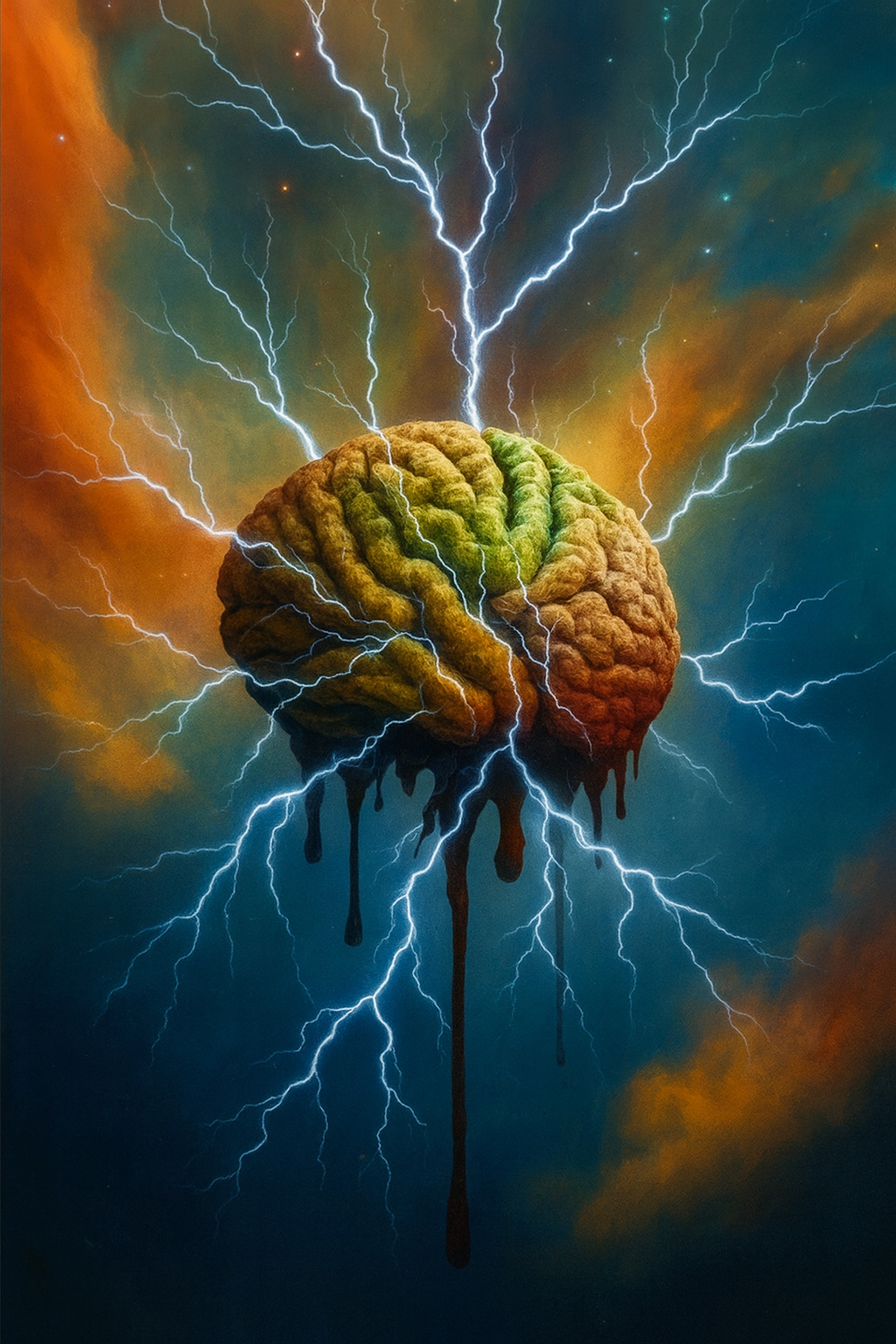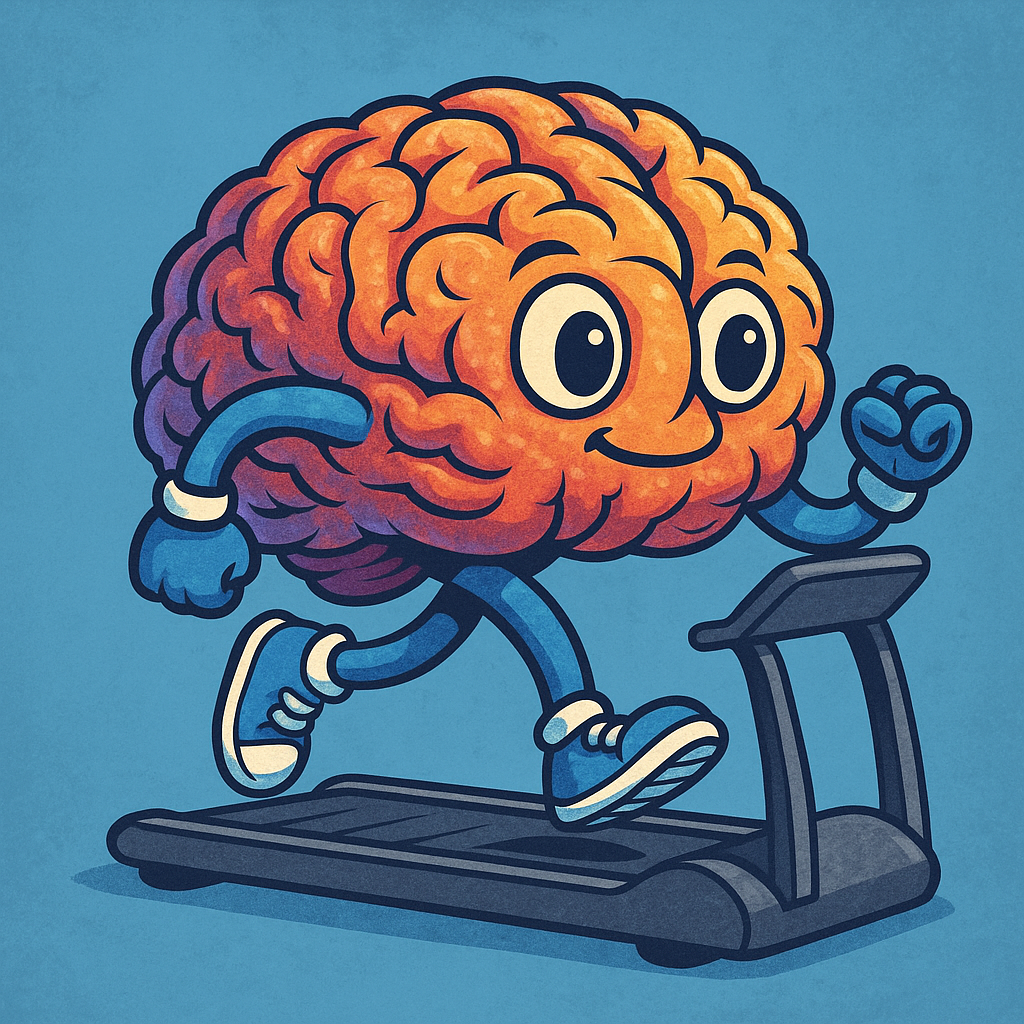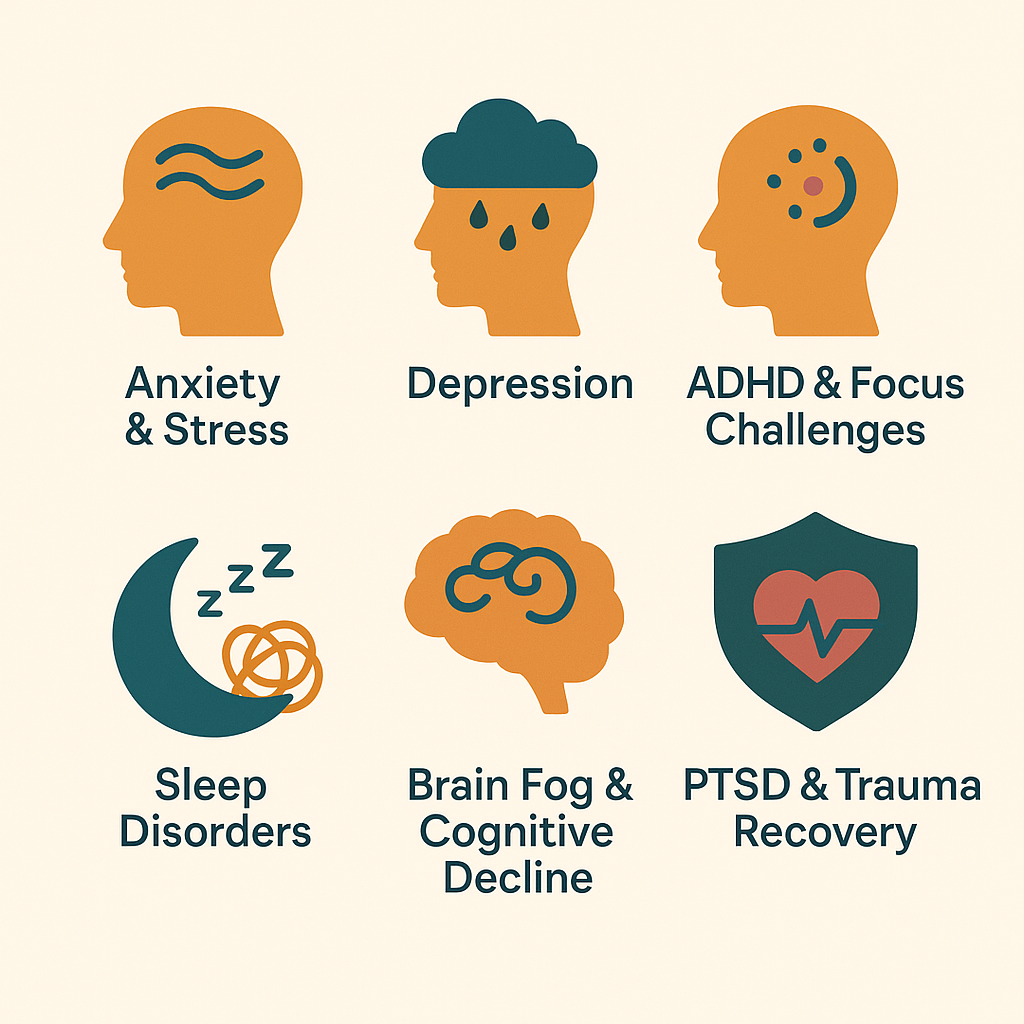The Most Advanced Neurofeedback. Anywhere.

Your Path to Clarity
Map
We create a detailed qEEG brain map to identify your unique patterns.
Train
Gentle, guided sessions retrain your brain toward healthier activity.
Transform
Your brain learns balance—improving focus, mood, and resilience.
Why ABEL™ Is Different
Most neurofeedback practitioners run the same protocol for everyone. We don’t!
At Abstract to Clarity, every program is powered by ABEL™, our proprietary AI-driven Neuroinformatics Platform.
ABEL™ doesn’t just run a program; it:
Interprets your brain’s data in real time
Adjusts training instantly for maximum efficiency
Tracks your progress with unmatched precision
Our Tools Include:
ABEL™ — AI-powered brain mapping & adaptive training
MoonMap™ — Tracks trauma, resilience, and cognitive changes over time
Expert Oversight — Led by Dr. Gustavo Alva, a leader in psychiatric research
Conditions We Help
From anxiety to brain fog, our ABEL™-powered neurofeedback helps restore balance and lasting clarity—without medication side effects.
Anxiety & Stress
Depression
ADHD & Focus Challenges
Sleep Disorders
Brain Fog & Cognitive Decline
PTSD & Trauma Recovery
Led by Dr. Gustavo Alva — A Leader in Psychiatric Innovation
Our programs are guided by Dr. Gustavo Alva, a nationally recognized psychiatrist and Distinguished Fellow of the American Psychiatric Association. With decades of experience in research-driven, patient-centered care, Dr. Alva blends compassionate support with clinical rigor to create treatment plans that address the physical, emotional, and cognitive aspects of wellness.
As Principal Investigator at ATP Clinical Research and for the Alzheimer’s Vaccine program at Hoag Pickup Family Neurosciences Institute, Dr. Alva leads the charge in advancing mental health care through innovation and evidence-based solutions.






